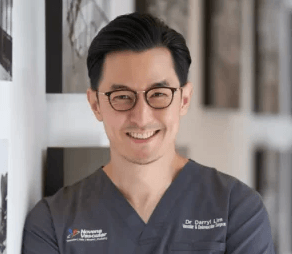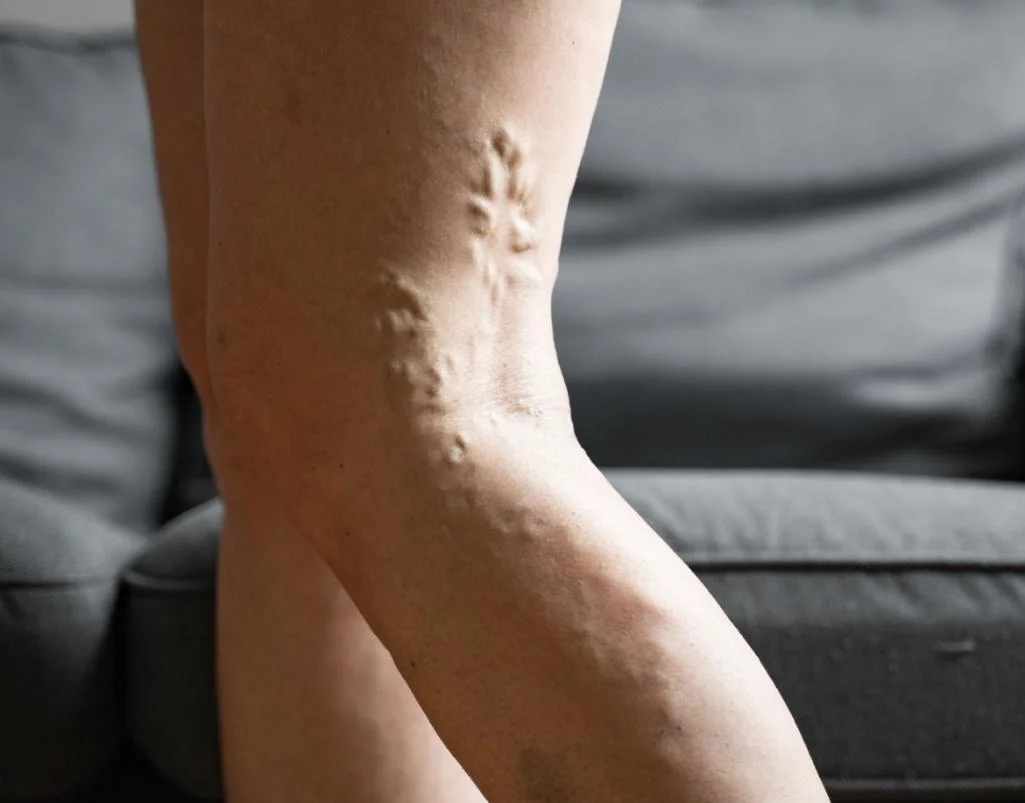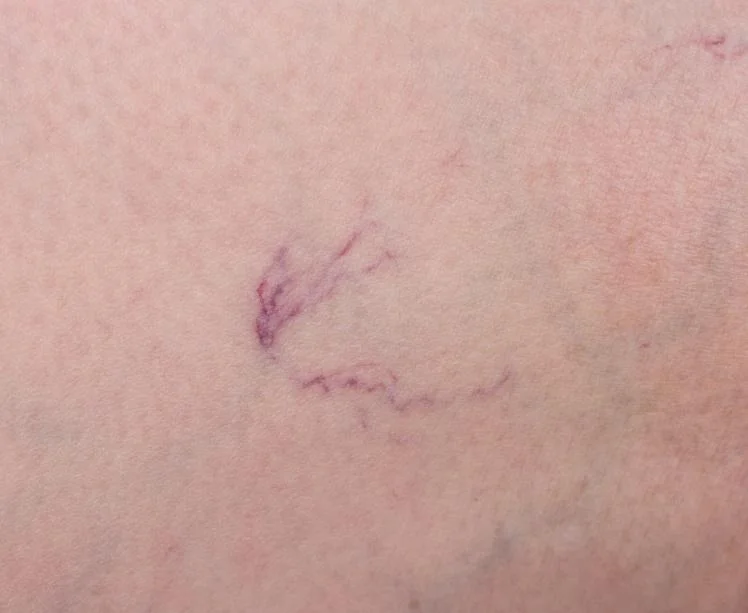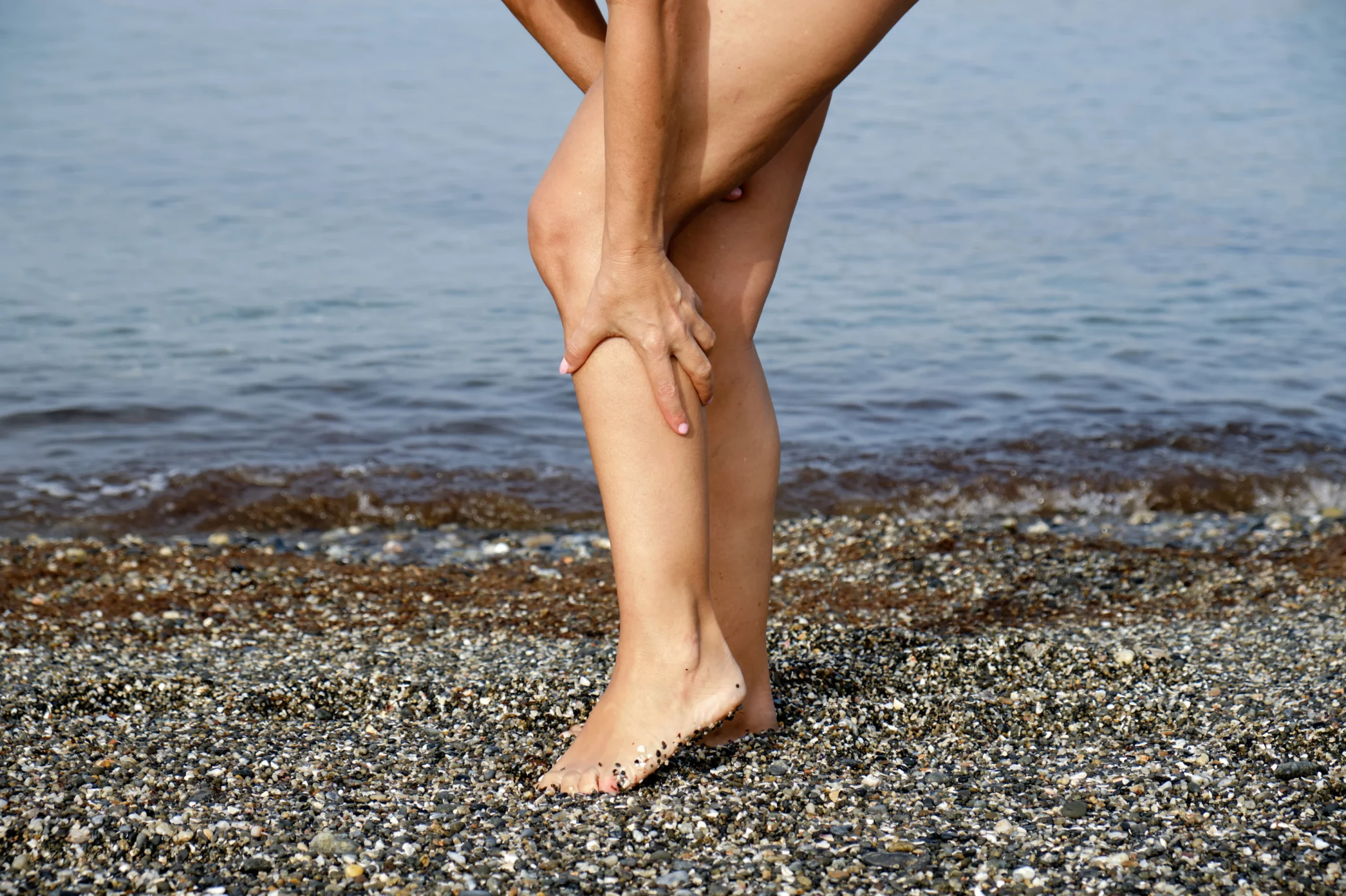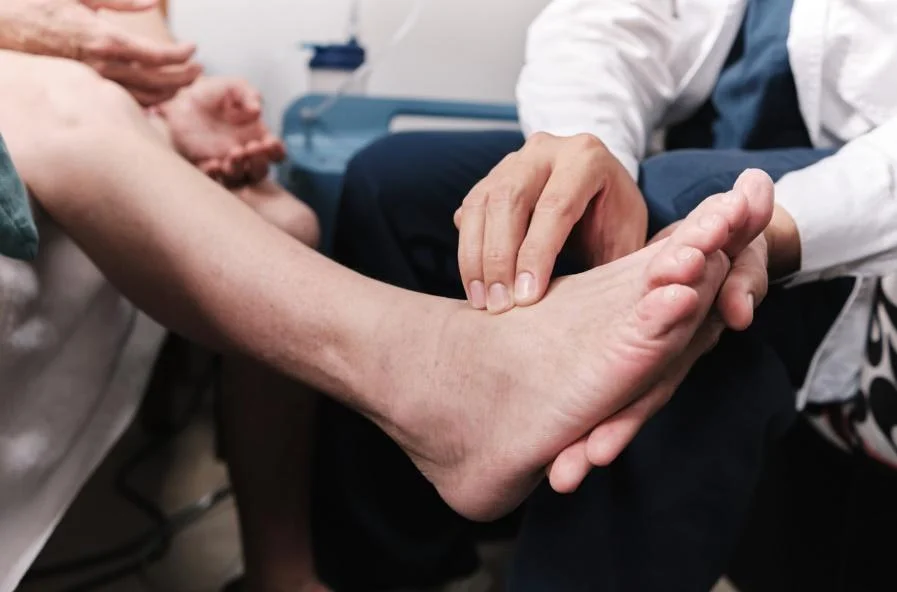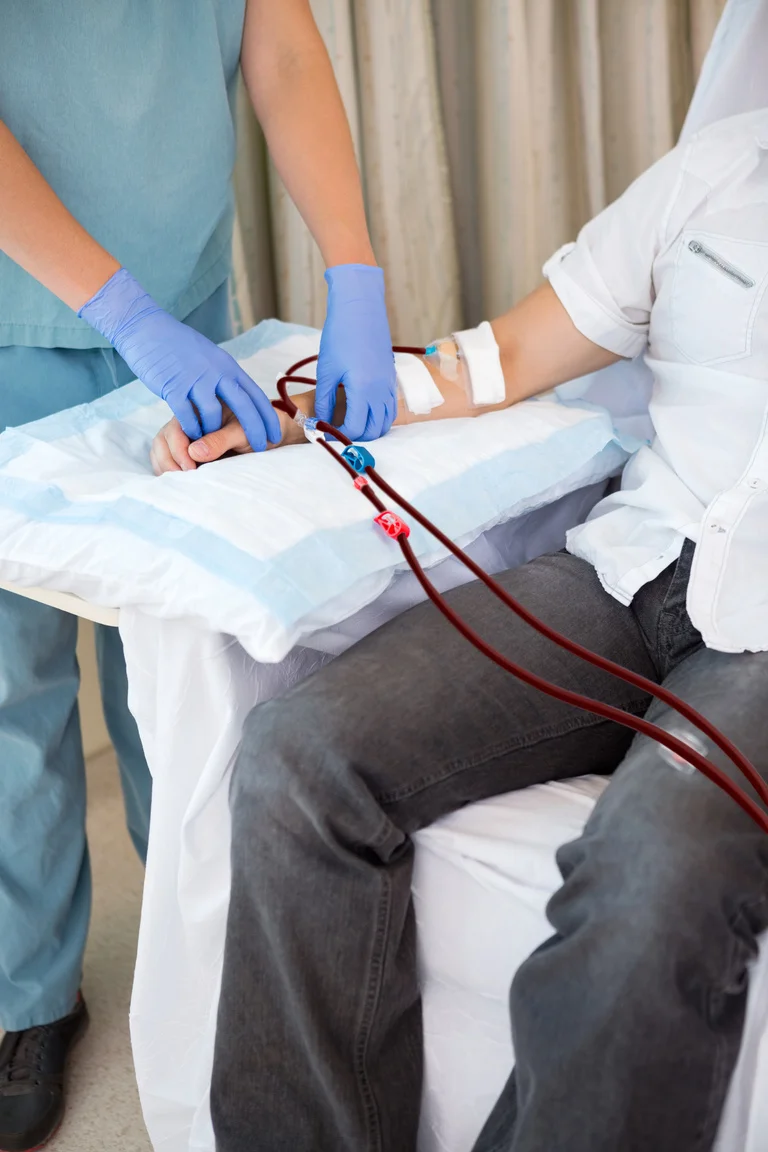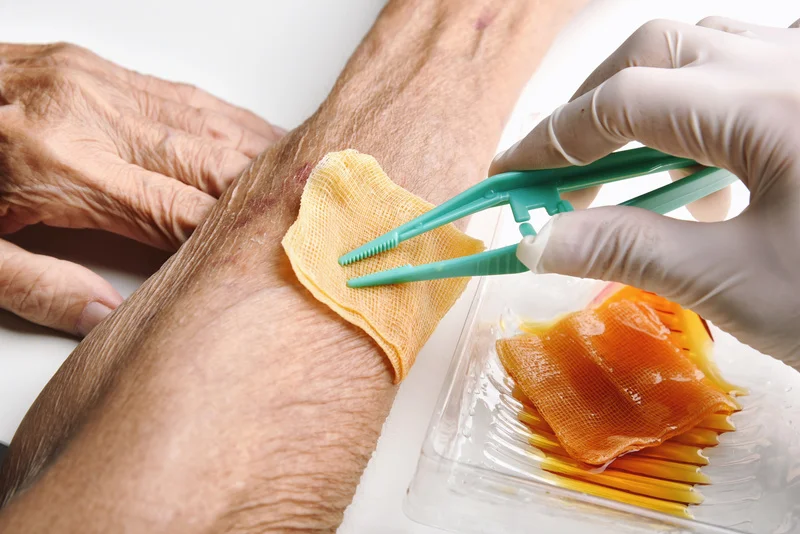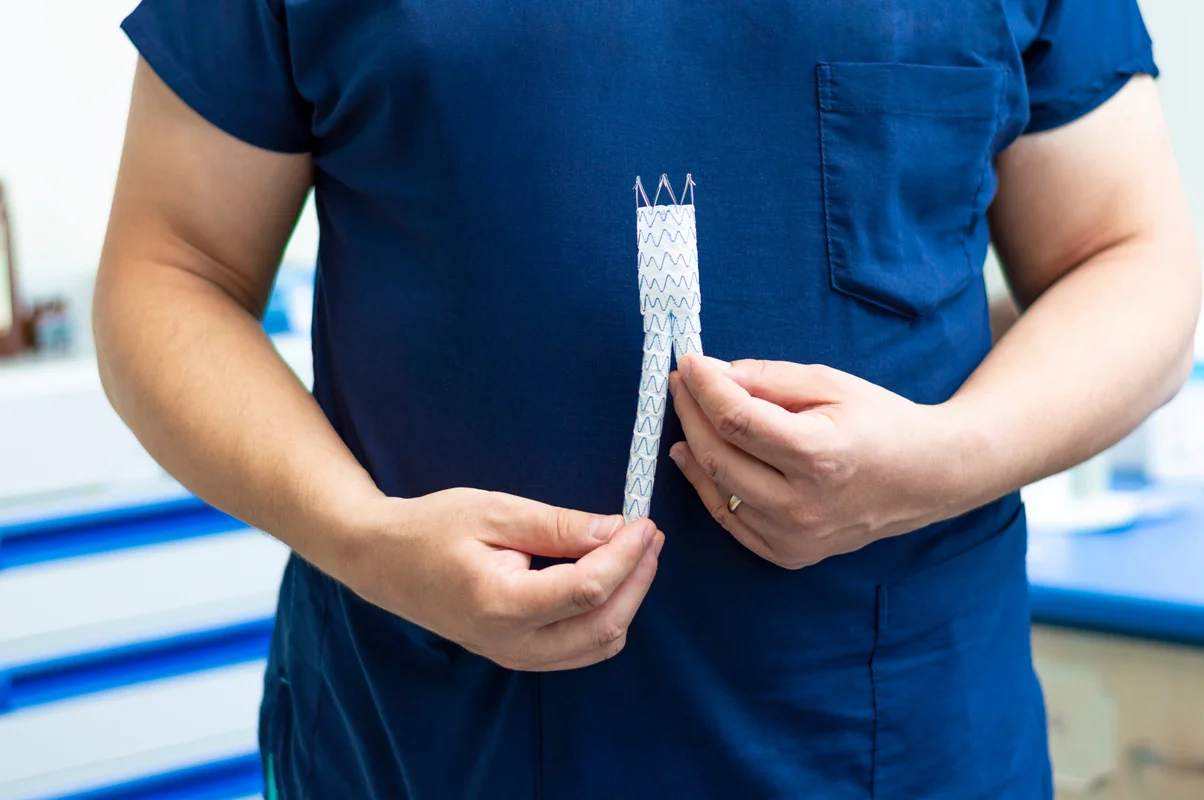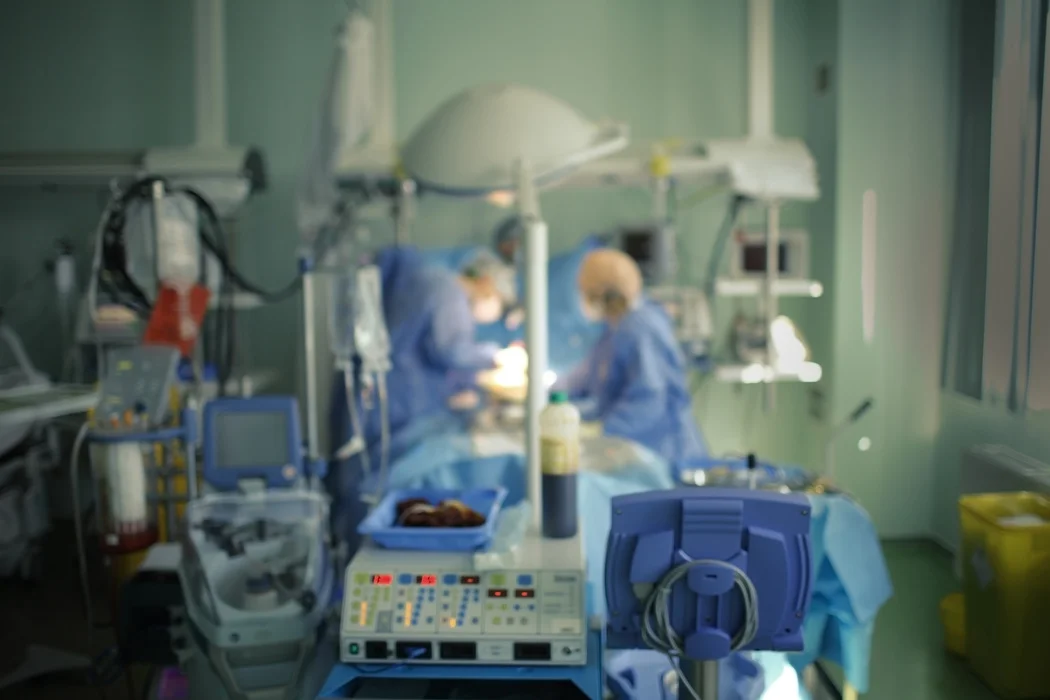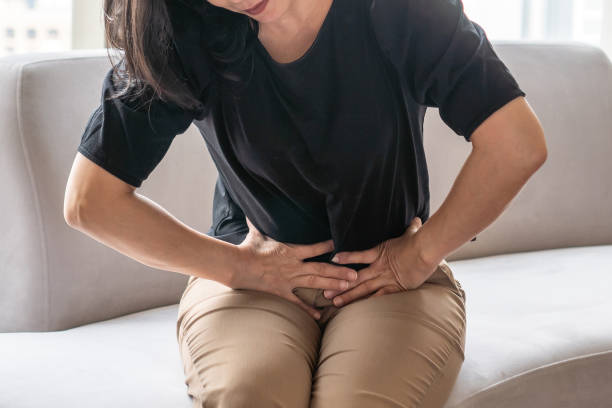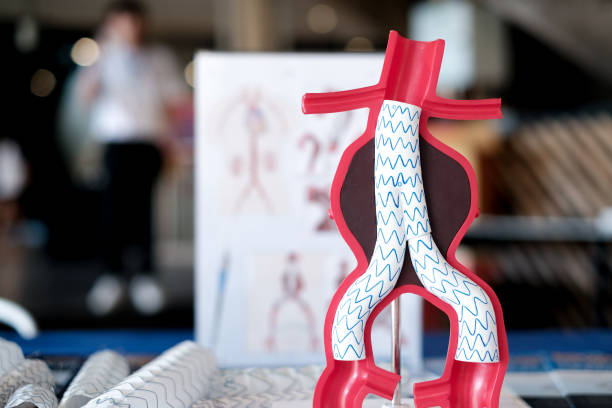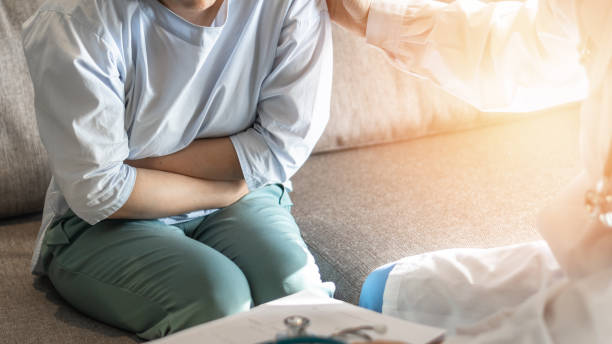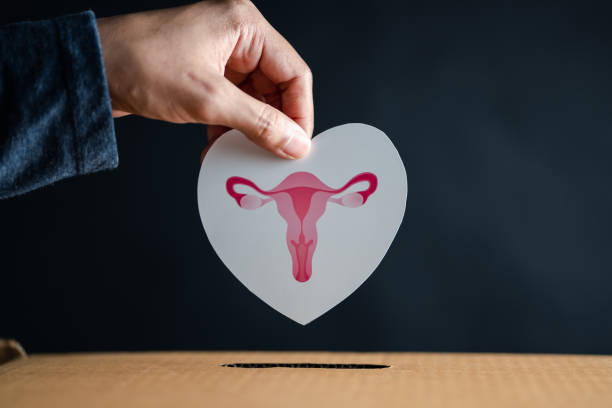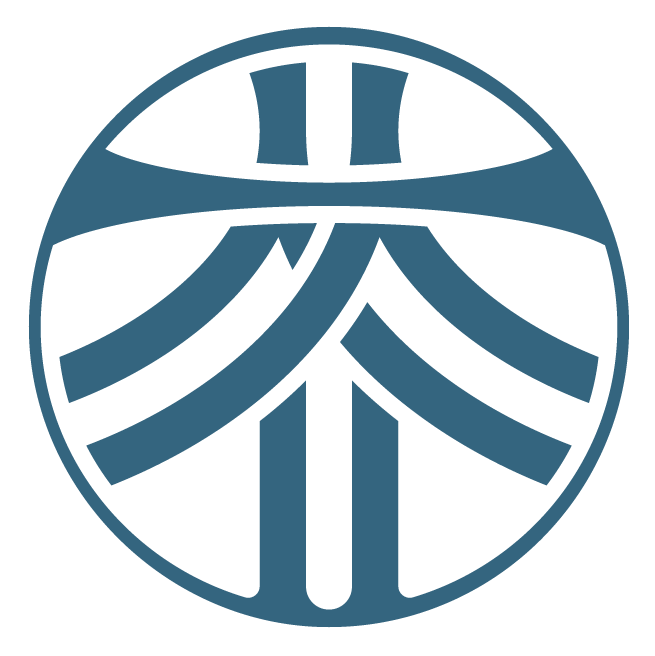Spider veins, those tiny, web-like veins that appear on the skin’s surface—often on the legs and face—are generally harmless but can be a cosmetic concern. If you’re exploring non-surgical treatment options, you have two main categories to consider: natural remedies and over-the-counter (OTC) treatments. In this article, we’ll compare these approaches to help you determine which might be best for reducing the appearance of spider veins.
However, it’s important to note that while both natural and OTC treatments may offer temporary relief, they do not address the underlying causes of spider veins. For those seeking a long-term solution, medical treatments like sclerotherapy or radiofrequency ablation remain the most effective options.
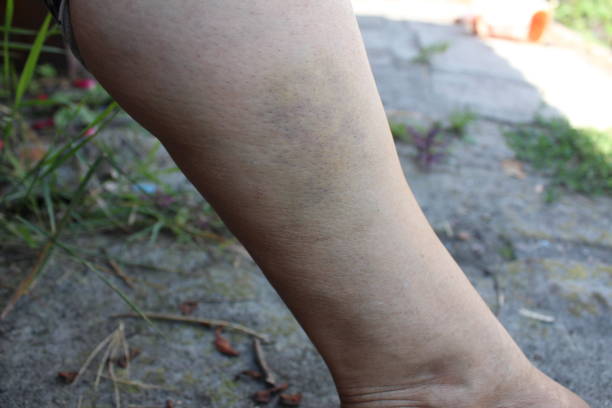
What Are Spider Veins?
Spider veins, also known as telangiectasia, result from weakened or damaged veins. Common factors such as genetics, aging, hormonal changes, and prolonged standing or sitting contribute to their development. Though not always medically significant, spider veins can sometimes be a sign of venous insufficiency, especially if accompanied by swelling, aching, or itching.
Natural Remedies for Spider Veins
- Regular Exercise
- How It Helps: Physical activities like walking, swimming, or cycling improve blood circulation and reduce pressure on veins. Exercises that target the calf muscles, like calf raises or ankle rotations, are particularly beneficial.
- Consistency: Incorporating daily exercise into your routine may reduce the appearance of existing spider veins and prevent new ones from forming.
- Dietary Adjustments
- Increase Fiber: A fiber-rich diet helps reduce vein pressure by maintaining a healthy digestive system.
- Consume Antioxidants: Foods like berries, spinach, and citrus fruits are high in antioxidants that strengthen blood vessels and improve vein health.
- Stay Hydrated: Proper hydration supports skin elasticity and vein function, reducing the likelihood of spider veins.
- Compression Stockings
- How They Work: Compression stockings provide gentle pressure to the veins, promoting blood flow and preventing further vein enlargement.
- Best for: Those who stand or sit for extended periods, as they can help alleviate symptoms like swelling and discomfort.
- Essential Oils
- How They Work: Oils like lavender, cypress, and geranium have anti-inflammatory properties. When combined with regular massage, they may improve circulation and reduce vein visibility.
- Application: Dilute the essential oil with a carrier oil and gently massage the affected areas.
- Apple Cider Vinegar (ACV)
- How It Works: ACV has anti-inflammatory properties that may improve circulation and reduce swelling.
- Usage: Soak a cloth in diluted ACV and apply it to the affected area for 15-20 minutes daily.
- Horse Chestnut Extract
- How It Works: Horse chestnut contains aescin, which reduces inflammation and improves blood flow.
- Application: Available as a topical cream or oral supplement, it’s commonly used to manage spider vein symptoms.
Over-the-Counter (OTC) Treatments for Spider Veins
- Retinol Creams
- How It Works: Retinol improves skin texture, stimulates collagen production, and may reduce the visibility of spider veins.
- Usage: Apply a retinol-based cream to affected areas at night. Avoid sun exposure after use, as retinol increases sensitivity to sunlight.
- Vitamin K Creams
- How It Works: Vitamin K is known for supporting blood clotting and strengthening vein walls, which can reduce discoloration.
- Usage: Apply twice daily to see gradual improvement over time.
- Horse Chestnut Gel
- How It Works: This gel form of horse chestnut offers a convenient topical application that improves circulation and reduces swelling.
- Benefits: Regular use may reduce the appearance of spider veins and alleviate related symptoms.
- Witch Hazel Toner
- How It Works: Witch hazel is a natural astringent that tightens skin and reduces inflammation.
- Application: Apply directly to spider veins twice a day for best results.
- Arnica Gel or Cream
- How It Works: Arnica is commonly used for reducing bruising and inflammation, making it a popular choice for minimizing the appearance of spider veins.
- Usage: Apply to affected areas up to three times daily.

Comparing Natural Remedies and OTC Treatments
| Factor | Natural Remedies | OTC Treatments |
| Cost | Generally lower cost, often using home ingredients | Moderate cost, depending on product brand and type |
| Convenience | May require more preparation and longer use time. | Easy to use with clear instructions |
| Side Effects | Minimal, but some allergies may occur. | Mild side effects like skin irritation |
| Effectiveness | Effective over time, especially with consistency | Can show quicker results, especially with regular use |
Lifestyle Tips to Enhance Treatment Results
Whether using natural remedies or OTC treatments, adopting these lifestyle changes can enhance their effectiveness:
- Maintain a Healthy Weight: Reduces pressure on veins.
- Move Regularly: Avoid prolonged sitting or standing by taking breaks to move and stretch.
- Wear Sun Protection: Prevent further vein damage, especially on the face, by using sunscreen.
Concerned About Spider Veins?
Spider veins may seem small but can indicate deeper issues. Discover treatment solutions that improve both appearance and circulation.
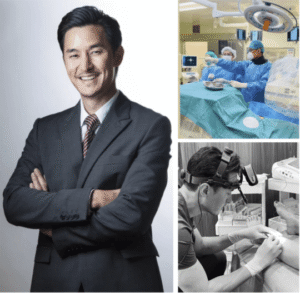
Final Thoughts
Both natural remedies and OTC treatments offer potential options for managing the appearance of spider veins, but neither provides a permanent solution. While natural methods emphasize a gradual, holistic approach, OTC products may deliver faster cosmetic results. However, it is important to remember that neither option addresses the underlying venous issues.
For those seeking long-term, effective treatment, consulting a vascular specialist is key. Minimally invasive procedures like sclerotherapy or radiofrequency ablation target the root cause of spider veins, providing lasting relief and improved appearance. If your symptoms persist or worsen, professional guidance will help determine the best course of action for healthier legs.

